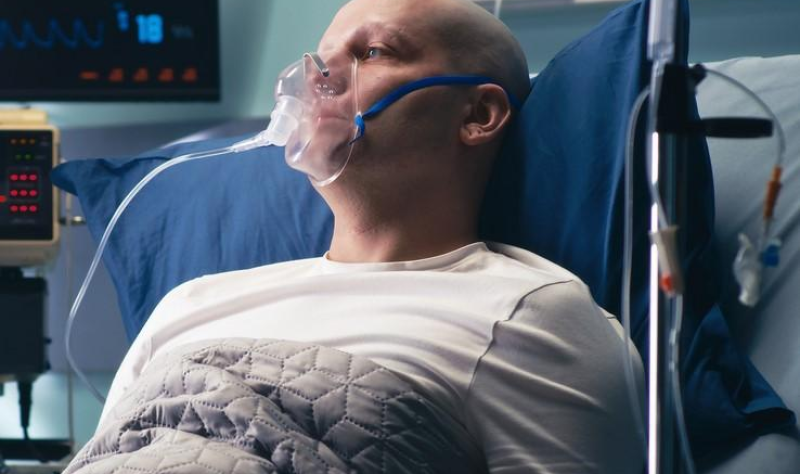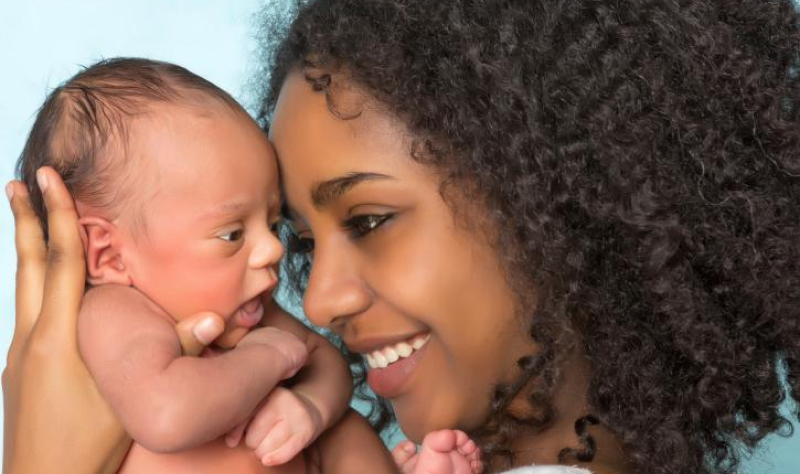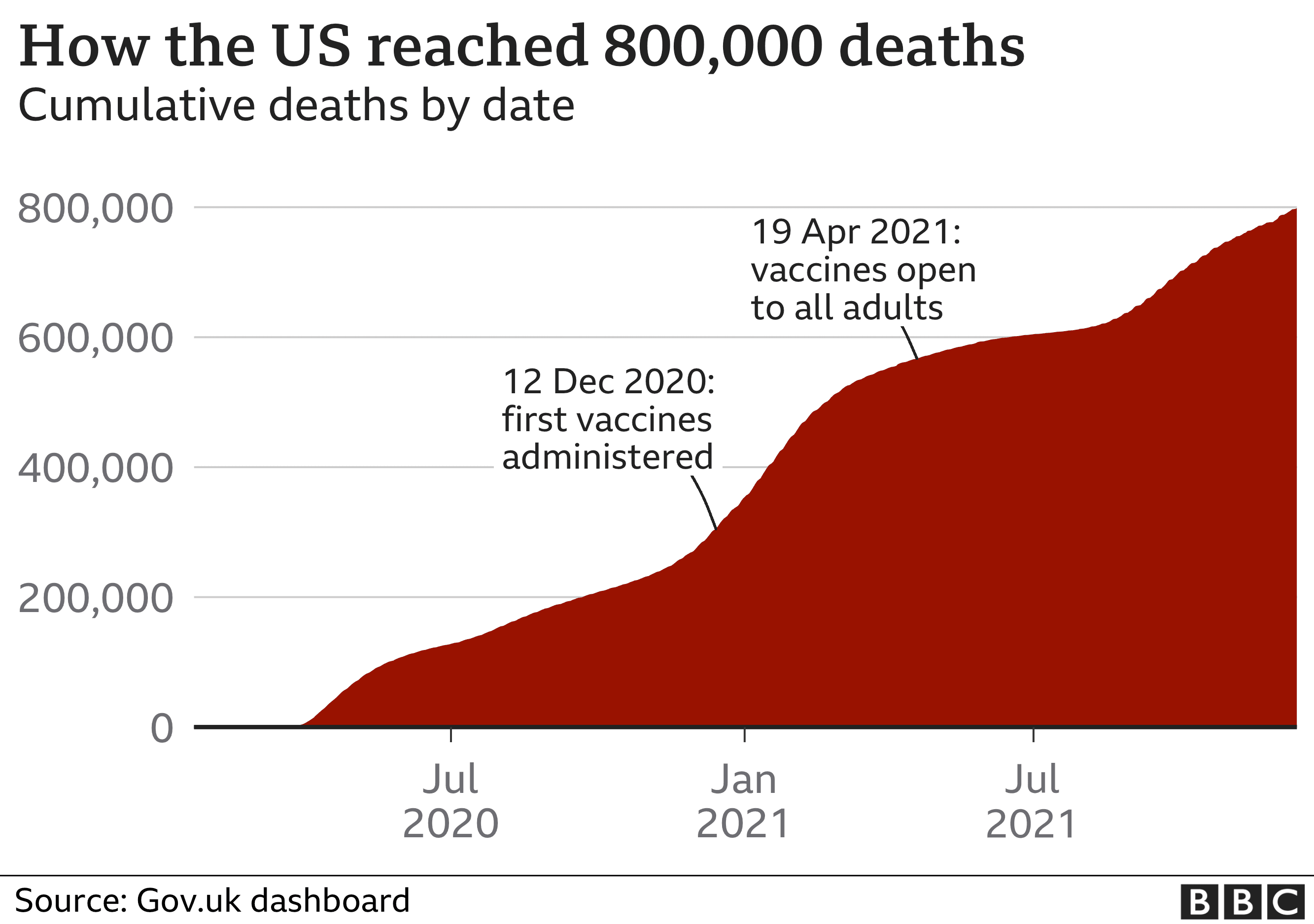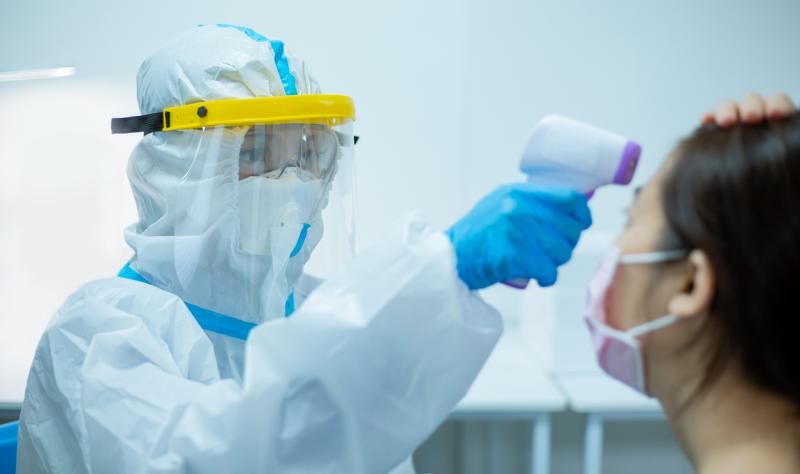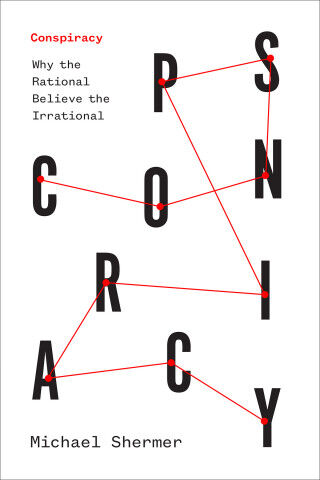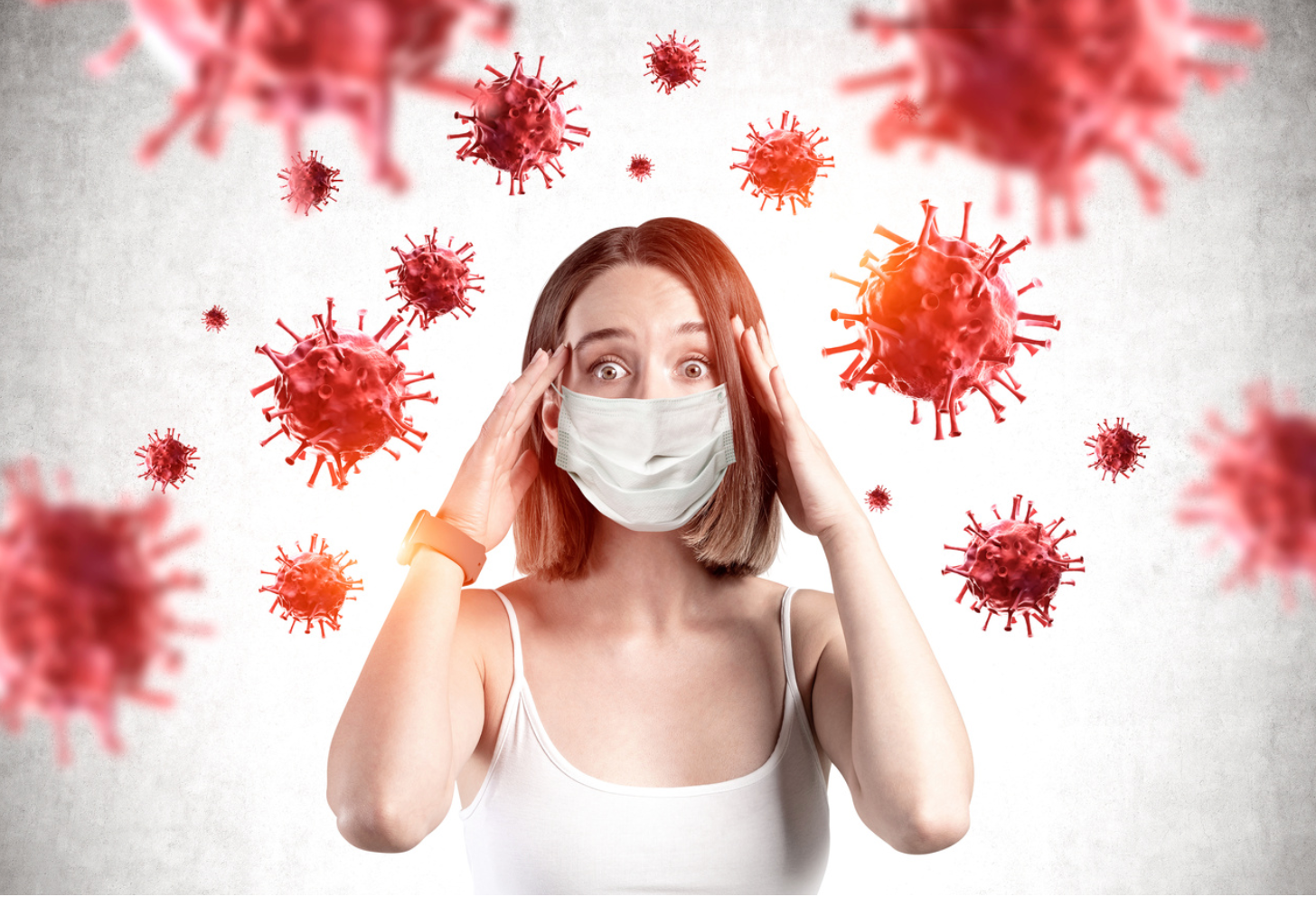COVID levels are ‘skyrocketing’ in Bay Area wastewater. Is the surge here?

The Bay Area is experiencing another sharp spike in the coronavirus, as wastewater samples from the region’s sewer sheds show a new COVID-19 surge is already under way and could soon surpass the previous winter wave in the number of people who get infected.
“We remember that the last two winters have been extraordinarily difficult. I, unfortunately, need to tell you that this winter is shaping up to be no different,” Dr. Sara Cody, the health officer for Santa Clara County, said at a Tuesday press briefing. “Our wastewater numbers are absolutely skyrocketing.”
On a chart illustrating the concentration of the SARS-CoV-2 virus in four South Bay sewer sheds, Cody noted that the lines tracking the most recent levels were heading “straight up.” At least two of the lines showed levels of the virus higher than the first devastating omicron peak.
“The levels of virus in the sewer sheds come before the cases,” Cody said. “People might not know they are infected. They might not know they have symptoms and they’re still going to show up in the sewer sheds.”
While official COVID-19 case numbers also show a sharp rise, they do not capture the true scale of the virus in the community because a majority of people use home tests, the results of which are not reported to county or state public health authorities.
The sharp change in Santa Clara County, fueled by a mixed bag of immune-evasive omicron subvariants sweeping California and the nation, follows a steady downward trend of infections between July through October. It also reflects what is happening in other Bay Area sewer sheds.
Viral levels from wastewater samples collected at San Francisco’s Oceanside sewer nearly quadrupled between Oct. 30 and Nov. 28, and the city’s Southeast plant shows a 149% rise in viral material between Oct. 26 and Nov. 28. Samples from the Alameda and Central Contra Costa county sewer sheds show similar spikes, with a near-vertical rise on the graph between Nov. 1 and Dec. 1.
“We have seen case rates increase pretty significantly. This is confirmed when we look at our wastewater surveillance,” said Dr. Mark Ghaly, secretary of the California Health & Human Services Agency, during a separate Tuesday briefing. “The trends we are seeing now that show increases — sharp increases — will continue.”
As of Thursday, the daily number of newly reported cases in the state had climbed to 5,466, up 157% from a month earlier. New hospital admissions of patients with confirmed COVID rose to 3,793, up 133% over the same period, according to the most recent health department data.
The state’s seven-day rolling test positivity rate, which tracks the percentage of lab test results that are positive for COVID-19, has also neared 11% — more than doubling in a month.
In Los Angeles County, coronavirus cases increased by 75% over the last week, with a reported seven-day average of 3,721 coronavirus cases on Monday — up from 2,128 the previous week. The nation’s largest county recorded 1,270 new hospital admissions of patients with confirmed COVID-19, up from 1,040 the week before.
“While there still is uncertainty about what the impact of COVID-19 will be this winter, there is mounting evidence that we are entering another COVID-19 surge,” L.A. County Public Health Director Barbara Ferrer said in a statement.
In addition to the rise in coronavirus infections, an uptick in flu and respiratory syncytial virus cases is already placing a strain on the health care system. Statewide flu activity increased from “moderate” to “high” levels across California on Tuesday, prompting health officials to urge residents to take action to reduce the spread of the viruses.
“Hospital census numbers rival some of the hardest moments of the pandemic,” said Ghaly.
Just over 4,200 people were hospitalized statewide with COVID-19 as of Monday, including 701 in the Bay Area. Those are the highest figures since early August when the state was near the peak of the BA.5 wave.
Ghaly said the state is facing “multiple threats” due to the number of viruses in circulation and urged people to take advantage of the updated vaccine and available COVID antiviral treatments, such as Paxlovid, which have substantially driven down the death rate since last winter.
The state is averaging about 30 COVID deaths a day, including four in the Bay Area. At the peak of last winter’s surge, more than 500 people were dying of COVID every day in California and 60 in the Bay Area.

Dr. Sara Cody, health officer and director of public health for the County of Santa Clara, shown here in a screen shot from a media briefing on Dec. 6, 2022, says officials are seeing a sharp spike in coronavirus levels in wastewater samples.
Nationwide, nearly 40 million people, or just 12.7% of those eligible over the age of 5, have received the bivalent booster, according to the CDC. While 25% of eligible Santa Clara County residents have received the updated shot, Cody said that is not enough.
“There’s a ton of virus circulating and if you want to be healthy for the holidays, you need to take action and you need to do it now,” she said. “First on that list is if you’ve not gotten your COVID booster, get boosted. If you have not had your annual flu shot, get your flu shot.”
In Santa Clara County, the number of COVID hospitalizations increased to 218 on Dec. 2 from 98 on Nov. 1. Despite the alarming increase in numbers, Cody ruled out bringing back any mandatory mitigation measures, such as indoor masking requirements.
“I don’t see mandates returning,” Cody said. “I think that three years in, it is extraordinarily difficult to mandate. I think we all have information and we all have tools and we all have access to the tools.
“All of us just need to do what we can,” she added.
Ghaly said state officials are also not contemplating bringing back any obligatory preventative measures but instead strongly encouraging masking and other mitigation tactics.
“There’s a lot of empowering people with strong and accurate information,” he said. “At the moment, we’re not talking about a mask mandate on a state level.”
Aidin Vaziri is a San Francisco Chronicle staff writer. Email: avaziri@sfchronicle.com

